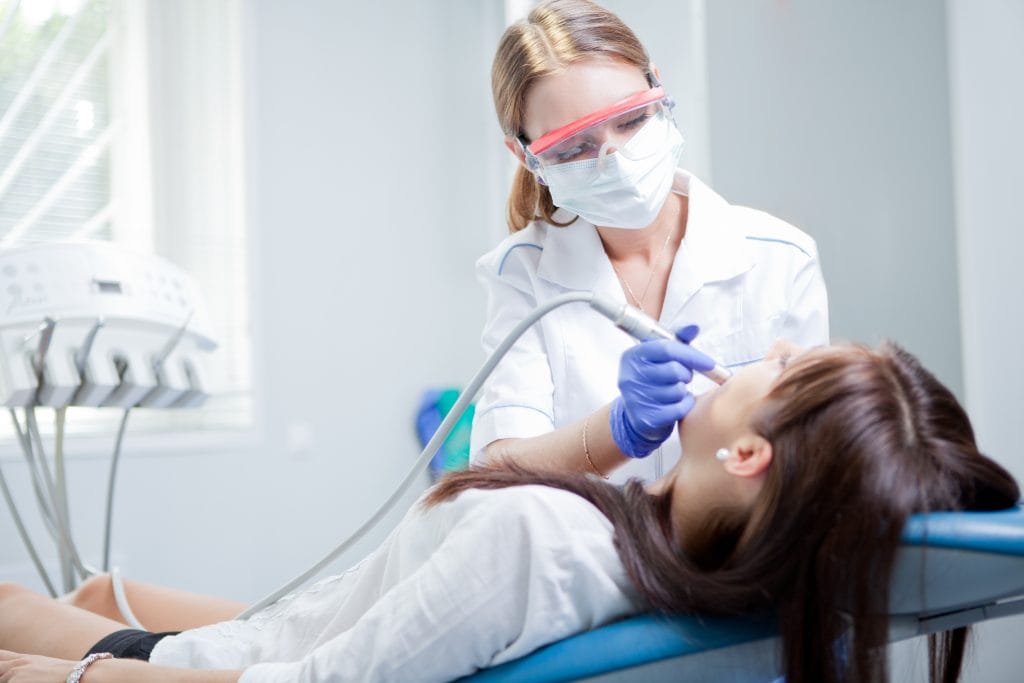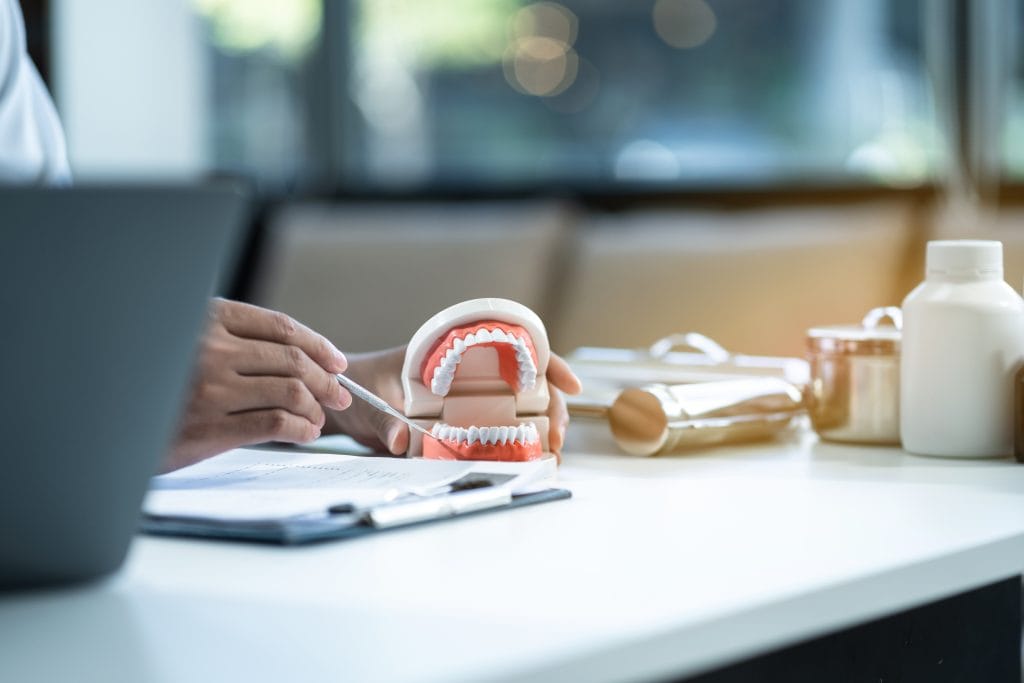Last updated on October 24th, 2025 at 03:43 pm

If you own a dental practice, where exactly should you be placing the bulk of your focus? Specifically, right now?
You’ve had a lot coming at you these past six months, both personally and professionally. From being forced to shut down or reduced to emergency care, possibly laying staff off, trying to hire them back (with varying degrees of success), adopting all types of new protocols, extra PPE, and changes to your schedule. I could go on—but I don’t think I have to.
So, yes, a lot has changed. And having lived through many of these changes, you’re well aware of what they are. But that said, there are a few other changes, now developing into “trends,” that you may not be aware of.
You may see some of the effects of these in your office (reduced patient flow, patients unable to pay for comprehensive treatment, or an empty hygiene schedule in October, November, or beyond). If you’re not aware of what’s behind all of this, you lose the ability to be proactive, potentially threatening the success of your practice and, by extension, yourself, your family, and your team.

Working closely with the dental industry for nearly three decades, we saw a lot of this coming as the COVID crisis developed and advised our clients accordingly. We rolled out strategies to MGE Clients across 48 US states and 5 Canadian provinces.
We watched the effects in real-time. Early results suggest we were on target—many of our clients’ key metrics (production, collections, and new patients) are doing better now than they were pre-pandemic.
Sure, there was that initial boost when everyone got back to work in May, June, or July, but that increase has sustained, with many reporting new “highest evers” for production, collections, and new patients in August and September. While we provided guidance, it was our clients who made it all happen. I’d feel remiss if I didn’t give them a big acknowledgment. As I’ve said many times, I never fail to be amazed by MGE Clients.
Dentists who’ve been aware of and accounted for the sea of change in society and its effect on the practice of dentistry have been successful.
1. 30% or more of your patient base will not be coming back…for a while.
A survey by the North American Dental Group in partnership with YouGov (April and July) found that:
- 60% of respondents in July were comfortable visiting a dentist for a routine cleaning or check-up, more than double April’s 29%.
- 65% planned to schedule a dental visit within six months.
If 65% plan to schedule, that means 35% are not planning on it—that’s potentially more than a third of your patient base.

We estimated 30% back in March—actually up to 30%—when addressing our clients, as we felt their PR and marketing expertise would help overcome some resistance from hesitant patients.
If anything, your patients are regularly hammered with bad news and uncertainty. Add to this conflicting messages from the WHO and the ADA in August. This controversy leaves many patients uncertain about seeing you for anything beyond emergency care.
From a business perspective, even a temporary loss of 30% of your active patients is significant. You’ll need to focus on:
- Getting more new patients
- Reactivating inactive patients
More New Patients

With reduced revenue, every marketing dollar counts. Evaluate ROI and replace what’s not working. Use call tracking and internal marketing campaigns for patient referrals. Consider doing the MGE New Patient Workshop for proven systems that raise new patient flow by 42% on average.
Assign responsibility for new patient growth—someone must own that statistic in your practice.
Helpful articles:
- 4 Things You Can Do Right Now to Get More New Patients
- 6 Ways to Get More New Patient Referrals
- Get More New Patients with Do-It-Yourself Video Marketing
Reactivating Inactive Patients

You likely have many inactive patients who can be reactivated with consistent follow-up. Download our free Reactivation Program for a step-by-step guide.
- Dedicate time and staff to reactivation—sporadic effort won’t cut it. You may need a full-time staff member depending on your inactive count.
- Ensure all team members can answer questions about your infection control protocols and the importance of oral health. If patients aren’t ready to come in, ask when they would be comfortable scheduling and set that appointment.
Helpful articles:
- How to Successfully Get Overdue Patients Back on the Hygiene Schedule
- Strategies for Reactivating Overdue Inactive Patients
- Why Your Patients Aren’t Coming Back and How to Fix It
That wraps it up for this week! I’ll be back with part two of this article next week, exploring another major trend affecting dental practices.
If you have any questions, feel free to contact me at jeffb@mgeonline.com.
Wishing you the best!



No Comments
Be the first to start a conversation